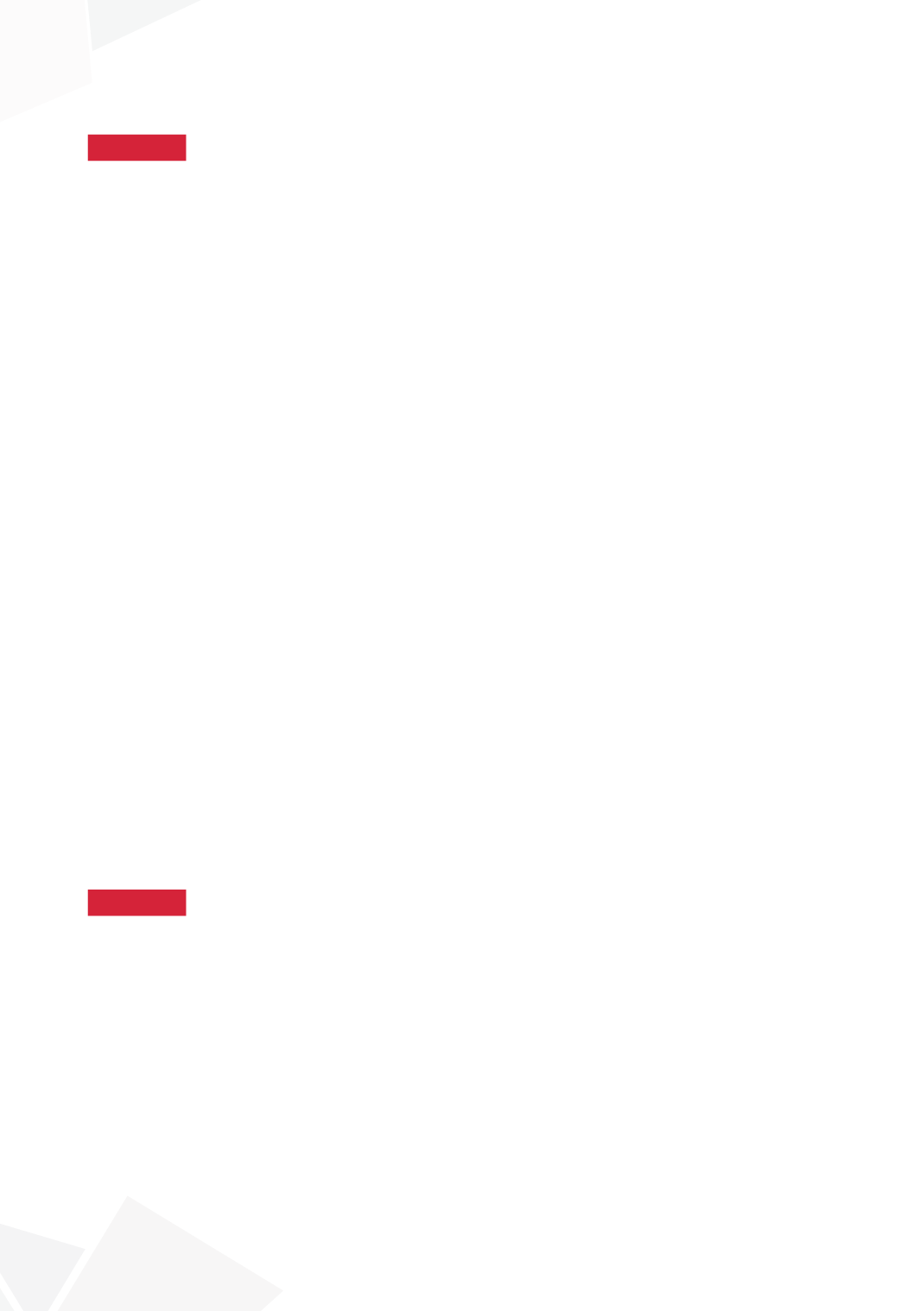

241
19–22 APRIL, 2017, BARCELONA, SPAIN
10:44–10:47
S22-5 (PP)
COMPARISON OF INTERMEDIATE AND LOW FREQUENCY
SHOCK WAVE LITHOTRIPSY FOR PEDIATRIC KIDNEY
STONE
Onur KAYGISIZ, Hakan KILIÇARSLAN, Ahmet MERT, Burhan COSKUN
and Yakup KORDAN
Uludag University, Faculty of Medicine, Department of Urology, Bursa, TURKEY
PURPOSE
To compare the low and intermediate shock wave frequency rates in terms of success and
complications.
MATERIAL AND METHODS
This retrospective study was performed on 58 pediatric patients (24 girls, 34 boys) who underwent
Shock Wave Lithotripsy(SWL) for kidney stones with an electrohydraulic lithotripter between April
2014 and March 2016, consecutively. In the first year, all children had undergone SWL with fre-
quency of 90 SWs/min as intermediate frequency (Group 90); and in the second year, all children
were treated by SWL using 60 SW/min as low frequency (Group 60).
RESULTS
Mean age was 5.87±4.5 years. There were no significant differences in age, gender, stone size,
stone location, rate of multiple stone and SWL energy level between the groups. Stone-free status
was achieved in 14, 6, and 4 children in group 60; and in 10, 6 and 4 children in group 90 after
one, two and three session, respectively. The stone free rates were 80% and 74.1% after SWL and
90% and 88.9% after additional treatment in groups 60 and 90, respectively. The numbers of total
median shock pulses were 2000 and 3600 in groups 60 and 90, respectively(p=0.115). Efficiency
quotients were 51.93 and 44.47 in groups 60 and 90, respectively. Mean total anesthesia times and
complication rates did not differ between the groups.
CONCLUSIONS
The low and intermediate frequency of SWL provide similar stone clearance in pediatric renal
stones with similar anesthesia time. However, slow SWL need less shock pulses(2000/3600) for
stone clearance that was not significant.
10:47–10:50
S22-6 (PP)
A COMPARISON OF OUTCOMES AFTER PERCUTANEOUS
NEPHROLITHOTOMY IN DIFFERENT AGE GROUPS
OF CHILDREN. A SINGLE CENTRE STUDY
Sherjeel SAULAT
1
, Salman EL KHALID
2
, Shariq ANEES
3
, Adnan SIDDIQ
3
,
Hammad MITHANI
3
and Jehanzeb SHAIKH
3
1) Kidney center post-graduate training institute, Paediatric Urology, Karachi, PAKISTAN - 2) The Kidney Centre,
Urology, Karachi, PAKISTAN - 3) The kidney center, Urology, Karachi, PAKISTAN
PURPOSE
The purpose of this study is to analyze the success and complication rates of PCNL in different age
groups of children and to compare the outcomes of the respective groups of patients in order to
identify the efficacy of PCNL according to age groups.









